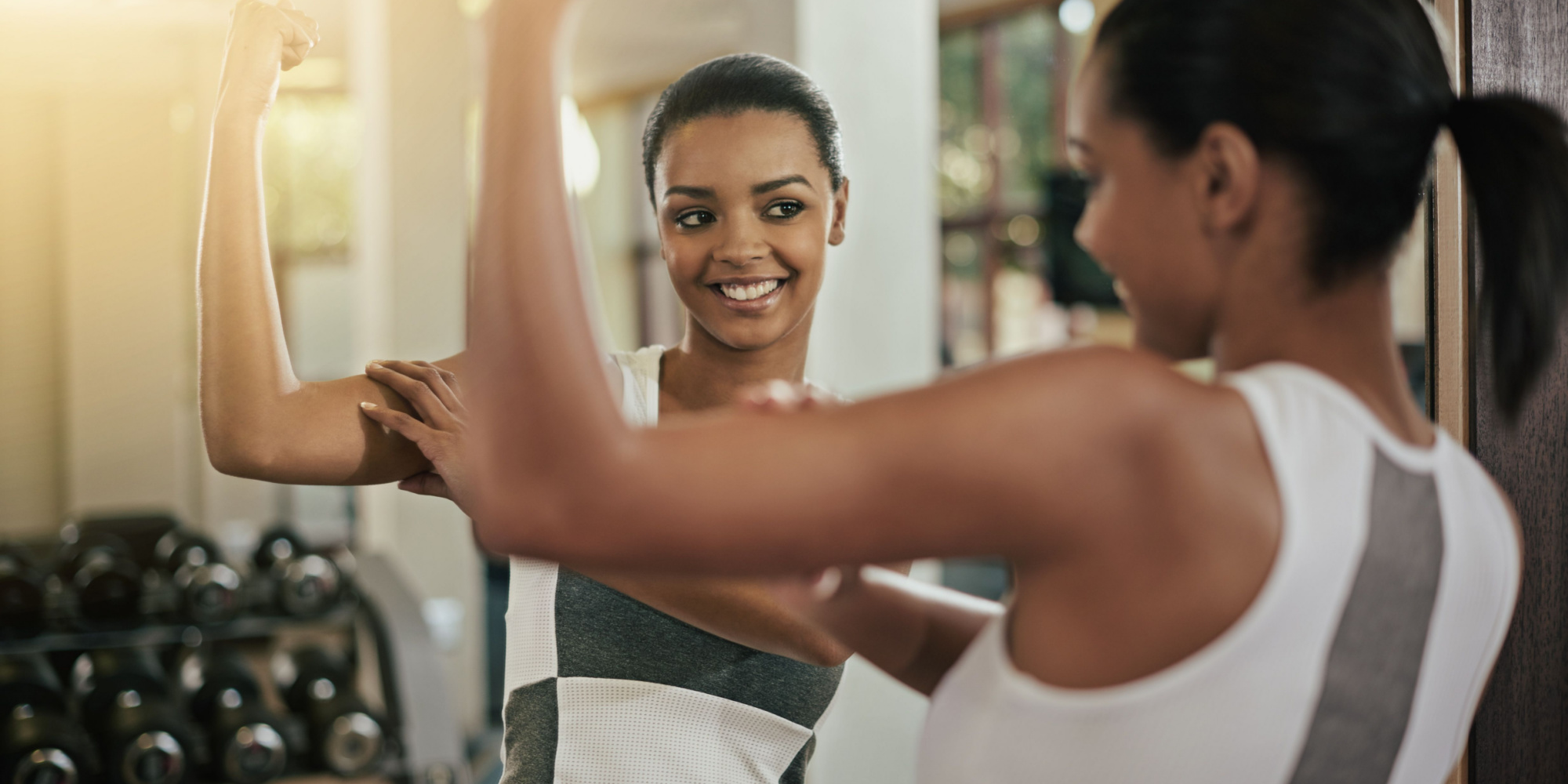There is a common misconception that lifting heavy will make someone look bulky. People will look at elite powerlifters, Crossfit athletes, and bodybuilders and assume that if they participate in those sports and lift heavy weights, they will get big and bulky.
But for the average person, there is nothing to worry about. Here’s why.
Anyone you see who is bulky that lifts weights probably does so at the extreme, meaning at least two hours a day of training, and lots and lots of food (and possibly other questionable substances you shouldn’t be taking). I don’t know about you, but my schedule does not allow for a 2(+) hour workout, every day. It takes true commitment, time, and many, many, calories to get big and bulky instead of lean and toned.
Getting that toned look is something most people who work out aspire to get, but unfortunately, many people fail because they go about it all wrong. Logging in hours on a cardio machine, or miles on the track, does wonders to burn calories, but not gain muscle. And yes, muscle is important to look toned. If you’re burning calories and reducing your calorie intake, you’ll likely see the number on the scale go down, but how defined do you think your body will look without muscle? Pounds may be dropping, but if you have a high percentage of fat-mass, aesthetically, you probably aren’t going to achieve the look you're working hard for.
Now, why am I talking about the importance of muscle? Well, the best way to gain lean muscle mass is to lift weights. Not HIIT, not the stairmaster, or walks…lifting weights. Instead of getting bulky, most people find themselves losing inches, their clothes fitting better, and they feel firmer.
When we add resistance training to our routine, we eventually start gaining more lean muscle mass, and the percentage of fat-mass goes down. It is possible to gain muscle AND fat, so there should be careful consideration as to how many calories you are consuming, and how much your protein intake is.
As we add more muscle mass, our basal metabolic rate (BMR) increases. BMR is the number of calories you need to accomplish the most basic, life-sustaining functions. We like to say that muscle is expensive, and the more you have of it, the more your body works to maintain its normal functions. In other words, your body depends on more calories. This means that as you lift heavy and gain more muscle, you can burn more calories, even at rest, which helps some people lose weight.
Another phenomenon people may notice is that when they lift weights, they may not see the number on the scale decrease as rapidly, but they look fitter and more toned. Why is that? The body replaces fat-mass with lean muscle mass as we start consistently working out, which means in terms of body weight, you may not see a huge difference. This can be a huge deterrent, which is why we recommend staying away from the scale and use other methods to test for progress. I like to take measurements around my thighs, hips, abdomen, and biceps (men will typically measure their chest too!). Using your clothes as a benchmark is a great tool as well. It’s so interesting to see how some clothes fit better after hitting the weights for a few months, even if there has barely been any weight loss.
Lifting weights will not make you look bulky. And if you’re a female, it is even harder to look “too big” from lifting because we simply don’t produce nearly as much testosterone as males do. If you’re new to lifting weights, and still feeling unsure about resistance training, I highly suggest checking out MAPS Anabolic. With this program, muscle-building is the main goal, while allowing continuous progress and faster fat loss.






